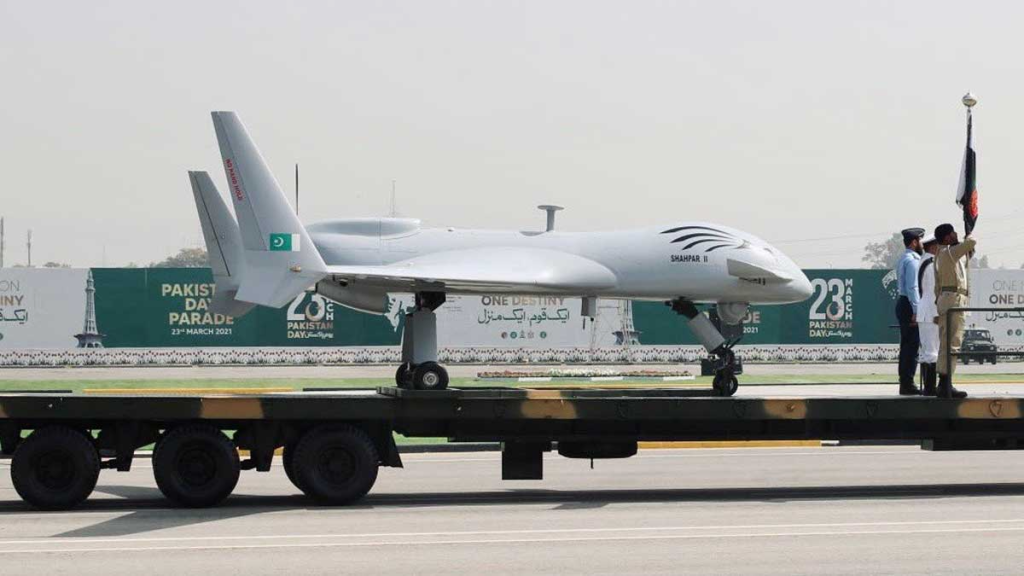DIDPress: The recent conflict between India and Pakistan, marked by extensive use of unmanned aerial vehicles (UAVs or drones), has intensified the arms race in South Asia, with both countries planning significant expansions of their drone capabilities.

According to Reuters and various security and industry sources, the recent skirmishes involving widespread drone deployments have sharply escalated the regional military competition. Although the conflict ended with US mediation, its impact on the arms market and military strategies in the region remains significant.
In the past year, India and Pakistan collectively spent nearly $96 billion on defense.
Sources from India indicate that the use of armed and surveillance drones is expected to rise, as drones can conduct military operations without risking human lives and may reduce the likelihood of broader escalations.
Smith Shah, a representative of the Indian Drone Federation, said India plans to spend about $470 million to buy drones and their development over the next 12 to 24 months — nearly triple the amount spent prior to the recent conflict. Additionally, India recently approved an emergency budget of around $4.6 billion for military procurements, with a portion allocated to drone acquisitions.
Meanwhile, Pakistan’s Air Force is striving to increase its drone fleet to counter India’s advancements in aerial technology. Despite economic constraints, Pakistan aims to equip itself with new drones to better manage the threat posed by India’s advanced aircraft.
The recent clashes saw both countries employing 4.5-generation fighter jets; however, Pakistan, with approximately 20 Chinese J-10 fighters, remains at an airpower disadvantage compared to India’s fleet, which includes more than ten advanced Rafale jets.